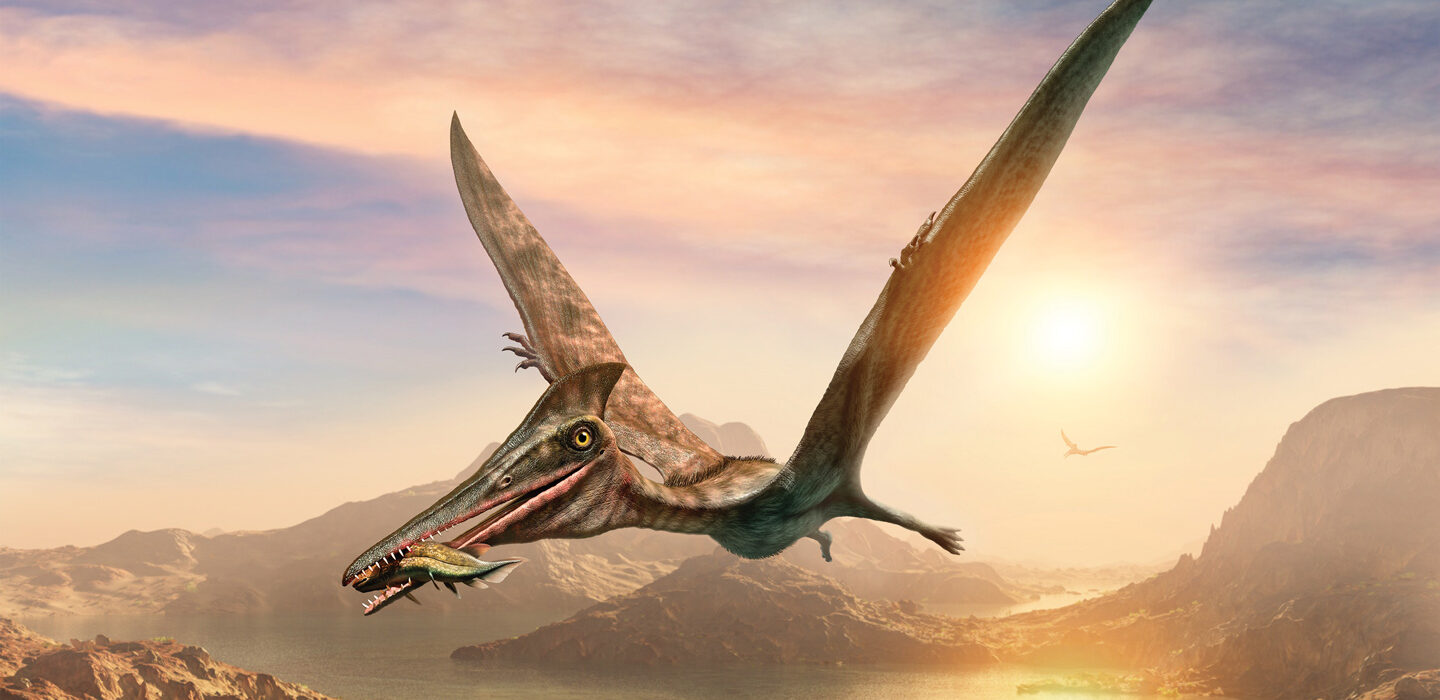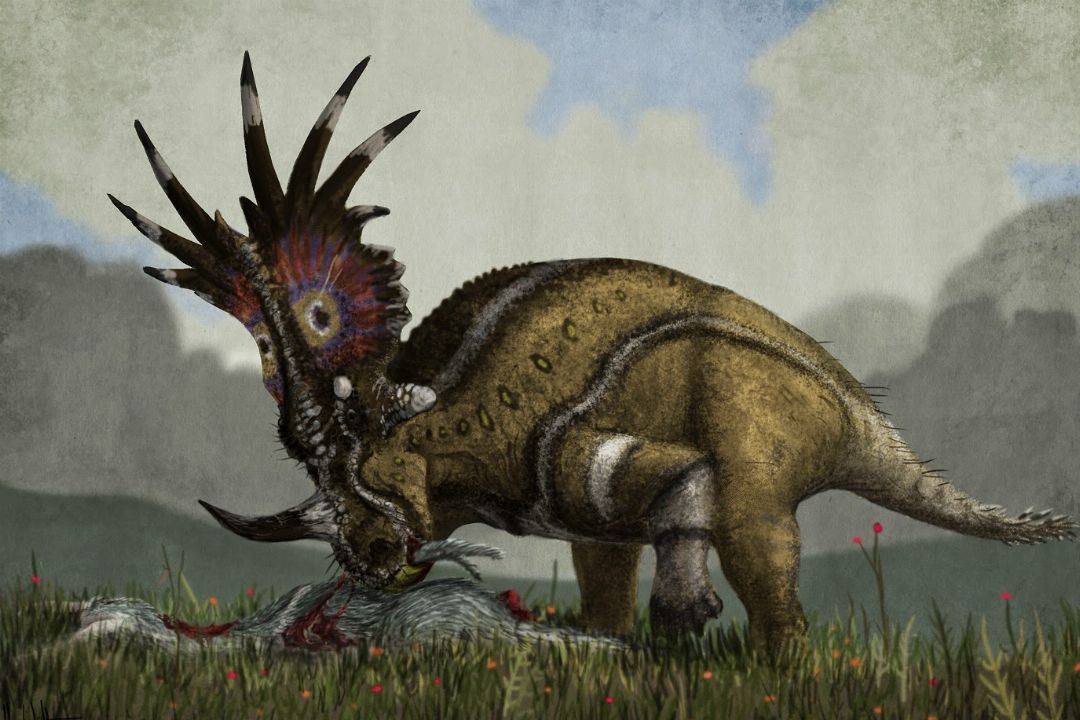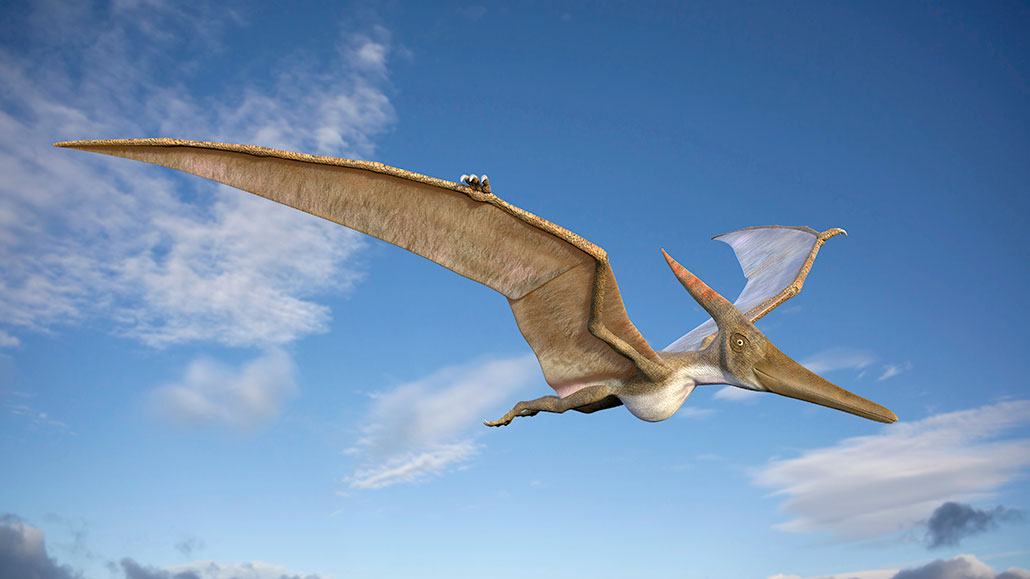Dinosaurs are a group of prehistoric reptiles that lived on Earth from about 245 million years ago to the present. They evolved into a diverse group of animals with a vast array of physical features, including modern birds.
Scientists have discovered and named about 300 valid genera and roughly 700 valid species of non-avian dinosaurs. Dinosaurs can be divided into different types by name, species classification, by what they ate, and by when they lived.
You are reading: 8 Types Of Dinosaurs
In this article, we will explore some of the different types of dinosaurs, including their characteristics and examples of each type.

8 Types Of Dinosaurs
Sauropods

Sauropods were a group of gigantic herbivorous dinosaurs that lived during the Mesozoic Era. They were characterized by their long necks, long tails, small heads, and four thick, pillar-like legs.
Sauropods shared a body plan consisting of a small head on an extremely long neck, a long, massive body housing an enormous gut, thick pillar-like legs to support the torso, and a very long, tapering, often whiplike tail. Their hind legs were thick, straight, and powerful, ending in club-like feet with five toes, though only the inner three (or in some cases four) bore claws.
Sauropods were herbivorous, usually quite long-necked quadrupeds, often with spatulate teeth. Their forelimbs were rather more slender and typically ended in pillar-like hands built for supporting weight.
Sauropods were once thought to have spent their time wallowing in shallow water that would help support their ponderous bodies, but considerable evidence indicates that they were better equipped for living on solid ground.
The animals’ long necks enabled them to take foliage from even the tallest trees in somewhat the same manner as do modern giraffes. Sauropods evolved into several major subgroups, including Cetiosauridae, Brachiosauridae, Camarasauridae, Diplodocidae, and Titanosauridae.
The smaller sauropods reached a length of up to 15 meters (50 feet), while larger species such as Apatosaurus routinely reached lengths of 21 meters.
Theropods
Theropods were a diverse group of bipedal saurischian dinosaurs that lived during the Mesozoic Era. They were characterized by their sharp, curved teeth, three-toed feet, digits with sharp claws, and long, hollow bones. Here are some key characteristics of theropods:
– Bipedalism: All theropods were bipedal, meaning that they stood upright and ran or walked on their two hind limbs. Their legs were long and muscular, and in many species, the tibia, or shin bone, was longer than the femur, or thigh bone.
– Arms and hands: Theropods had fairly short arms that ended in grasping hands armed with two or three clawed fingers, depending upon the species. In all theropods, however, the fourth and fifth fingers were greatly reduced in size, if present at all.
– Feet: Although the name Theropoda comes from the Latin words for “beast foot,” the feet of theropods were actually birdlike. Theropods had five toes—three clawed toes pointed forward, the first, or big, toe was shortened and pointed backward, and the fifth toe was reduced. Like modern birds, most species of theropods had hollow bones.
– Teeth: Theropods are most noted for the rows of razor-sharp teeth that lined their powerful jaws, enabling them to tear the flesh of their prey easily. Unlike most vertebrates, theropods also had a set of abdominal ribs, which helped to protect the vulnerable and highly critical abdominal organs from serious injury.
Theropods evolved into several major subgroups, including Coelurosauria, Ceratosauria, and Tetanurae. Some examples of theropods include Tyrannosaurus, Velociraptor, and Spinosaurus.
Ceratopsians

Ceratopsians were a group of herbivorous, beaked dinosaurs that thrived in what are now North America, Europe, and Asia, during the Cretaceous Period. They were characterized by their bony frills on the back of their skulls and horns on their heads. Here are some key facts about ceratopsians:
Read more : Top 10 Most Harmless Animals In The World
– Evolution and classification: Ceratopsians evolved during the Jurassic Period, and the earliest known ceratopsian, Yinlong downsi, lived between 161.2 and 155.7 million years ago. Ceratopsians are classified as ornithischians, or “bird-hipped” dinosaurs. They are divided into three lineages: Psittacosauridae, Protoceratopsidae, and Ceratopsidae.
– Physical characteristics: Ceratopsians had a beak-like mouth, rows of grinding cheek teeth, and a large, bony frill on the back of their skulls. Some species also had horns on their heads, which varied in size and shape depending on the species. The frill and horns may have been used for display or defense against predators.
– Diet and behavior: Ceratopsians were herbivorous and likely fed on tough vegetation. They probably traveled in herds and may have used their frills and horns to protect themselves from predators. Some species, such as Triceratops, were among the last dinosaurs to roam the Western Interior and were abundant during their time.
Some examples of ceratopsians include Triceratops, Protoceratops, and Psittacosaurus.
Hadrosaurs
Hadrosaurs, also known as duck-billed dinosaurs, were a group of herbivorous dinosaurs that lived during the Late Cretaceous in Asia and North America. They were members of the ornithischian family Hadrosauridae and were descendants of the Upper Jurassic/Lower Cretaceous iguanodontian dinosaurs. Here are some key facts about hadrosaurs:
– Physical characteristics: Hadrosaurs had a beak-like mouth, rows of grinding cheek teeth, and a large, bulky body. They had a stiff tail supported by ossified tendons and sturdy bones, which suggests that they spent most of their time on land, though close to bodies of water, feeding on tough terrestrial plants. Hadrosaurs ranged in size from 7 to 15 meters (23 to 50 feet) in length and weighed up to 4 tons.
– Behavior: Hadrosaurs likely traveled in herds and may have migrated to nesting grounds to reproduce. The discovery of spectacularly preserved hadrosaur nests and young shows that they migrated to nesting grounds to reproduce.
– Classification: Hadrosaurs are divided into two subfamilies: Lambeosaurinae, which have a crest on the skull, and Hadrosaurinae, which lacked the crest. The names and classification of hadrosaurs have been under considerable examination, and a system of describing hadrosaurs according to tribes has been a more recent development as relationships between species become more evident.
Some examples of hadrosaurs include Triceratops, Protoceratops, and Psittacosaurus.
Stegosaurus
Stegosaurs were a group of herbivorous, four-legged, armored dinosaurs that lived during the Jurassic and early Cretaceous periods. They were characterized by the distinctive kite-shaped upright plates along their backs and spikes on their tails. Here are some key facts about stegosaurs:
– Evolution and classification: Stegosaurs evolved during the Middle Jurassic and diversified during the Late Jurassic and Early Cretaceous. They are classified as ornithischians, or “bird-hipped” dinosaurs. Stegosaurs are divided into two families: Huayangosauridae and Stegosauridae.
– Physical characteristics: Stegosaurs were armored dinosaurs, protected by armored scutes and later by spikes and plates. They had a small head and brain, a bulky body, and short, sturdy legs. The plates on their backs and tails may have been used for display or defense against predators. Stegosaurs ranged in size from 3 to 9 meters (10 to 30 feet) in length and weighed up to 5 tons.
– Behavior: Stegosaurs likely traveled in herds and may have used their plates and spikes for defense against predators. Some species, such as Stegosaurus, have been found in large bone beds, suggesting that they may have lived in groups.
Some examples of stegosaurs include Stegosaurus, Tuojiangosaurus, and Kentrosaurus.
Ankylosaurus
Ankylosaurus was a heavily armored dinosaur that lived during the Late Cretaceous period in western North America and Canada. Here are some key facts about Ankylosaurus:
– Physical characteristics: Ankylosaurus was one of the largest armored dinosaurs, measuring up to 7 meters (23 feet) in length and weighing up to 4 tons. It had a wide, heavily armored skull, a large gut space for digesting plant material, and a club-like protrusion at the end of its tail. Its skin was adorned with a thick coating of spikes, bony plates, and osteoderms. Its triangular skull was wider than it was long and had a narrow beak at the end to aid in stripping leaves from plants.
– Behavior: Ankylosaurus was a slow-moving animal, able to make quick movements when necessary. It was a herbivore and likely fed on low-lying plants. Its small leaf-shaped teeth were not designed to break up large plants, and it had no grinding teeth. Ankylosaurus may have had a fermentation digestive system to break down the massive amounts of un-chewed plants it ate. It may have used its club-like tail for defense against predators.
– Classification: Ankylosaurus is a member of the family Ankylosauridae, and its closest relatives appear to be Anodontosaurus and Euoplocephalus.
Ankylosaurus is one of the most well-known members of its group, but it is known from far fewer remains than its closest relatives.
Ornithopods
Read more : Discover 9 Animals That Roam Atop Colorado’s Tallest Mountain
Ornithopods were a group of herbivorous, bipedal dinosaurs that lived during the Mesozoic Era. They were characterized by their bird-like hips, three-toed feet, and lack of body armor. Here are some key facts about ornithopods:
– Evolution and classification: Ornithopods evolved during the Late Triassic Period and diversified during the Jurassic and Cretaceous periods. They are classified as ornithischians, or “bird-hipped” dinosaurs. Ornithopods are divided into several subgroups, including Fabrosauridae, Heterodontosauridae, Hypsilophodontidae, Iguanodontidae, and Hadrosauridae.
– Physical characteristics: Ornithopods had a beak-like mouth, rows of grinding cheek teeth, and a large, bulky body. They ranged in size from 1 to 15 meters (3 to 50 feet) in length and weighed up to 4 tons. Some species, such as Hypsilophodon, were small and fast, while others, such as Iguanodon, were large and heavily built.
– Behavior: Ornithopods likely traveled in herds and may have migrated to nesting grounds to reproduce. They were herbivorous and likely fed on low-lying plants. Some species, such as Iguanodon, had a thumb spike that may have been used for defense against predators.
Some examples of ornithopods include Hypsilophodon, Iguanodon, and Hadrosaurus. Ornithopods were one of the most successful and enduring dinosaur lineages, and their descendants include modern birds.
Pterosaurs

Pterosaurs were a group of extinct flying reptiles that lived during most of the Mesozoic Era, from the Late Triassic to the end of the Cretaceous period. Here are some key facts about pterosaurs:
– Physical characteristics: Pterosaurs had wings formed by a membrane of skin, muscle, and other tissues stretching from the ankles to a dramatically lengthened fourth finger. They ranged in size from the size of a sparrow to the size of an airplane. Pterosaurs had hollow bones, large brains with well-developed optic lobes, and several crests on their bones to which flight muscles attached. They had a diverse range of head types and skull morphology.
– Classification: Pterosaurs are classified in the order Pterosauria, which is divided into two suborders: Pterodactyloidea and Rhamphorhynchoidea. Pterodactyloids were the more advanced group and included the largest and most diverse pterosaurs.
– Behavior: Pterosaurs were the earliest vertebrates known to have evolved powered flight. They were able to flap their wings to generate lift and travel through the air. Pterosaurs had a diverse range of diets, with some species feeding on insects, fish, and other small animals, while others were herbivorous. They likely traveled in flocks and may have migrated to nesting grounds to reproduce.
Some examples of pterosaurs include Pterodactylus, Pteranodon, and Rhamphorhynchus. Pterosaurs were an extremely successful group of reptiles, flourishing for more than 150 million years before going extinct at the end of the Cretaceous period.
FAQS
1. What are the eight types of dinosaurs?
The eight types of dinosaurs are sauropods, theropods, ceratopsians, hadrosaurs, stegosaurs, ankylosaurs, ornithopods, and pterosaurs.
2. What is the difference between ornithischians and saurischians?
Ornithischians are “bird-hipped” dinosaurs, while saurischians are “lizard-hipped” dinosaurs. The main difference between the two groups is the shape of their hip bones.
3. What is the largest type of dinosaur?
The largest type of dinosaur was the sauropod, with some species reaching lengths of up to 100 feet and weighing up to 80 tons.
4. What is the smallest type of dinosaur?
The smallest type of dinosaur was the microraptor, which was about the size of a crow.
5. Did all dinosaurs go extinct at the same time?
No, not all dinosaurs went extinct at the same time. Some species went extinct before the end of the Cretaceous period, while others survived until the end.
6. Are modern birds considered dinosaurs?
Yes, modern birds are considered a type of dinosaur because they share a common ancestor with non-avian dinosaurs.
7. How do scientists know about dinosaurs?
Scientists know about dinosaurs from fossils, which include bones, teeth, footprints, tracks, eggs, and skin impressions.
8. What caused the extinction of the dinosaurs?
The extinction of the dinosaurs was likely caused by a combination of factors, including a massive asteroid impact, volcanic activity, and climate change.
Source: https://petstutorial.com
Category: Animals










